19 Oct Neurodegenerative Diseases Award
PROJECT SUMMARY: Alzheimer’s disease is the third leading cause of death in Australia, and currently has no cure. Every day, many Australians are diagnosed with early symptoms of dementia, but not every individual who attends a memory clinic with a concern will progress to this diagnosis....






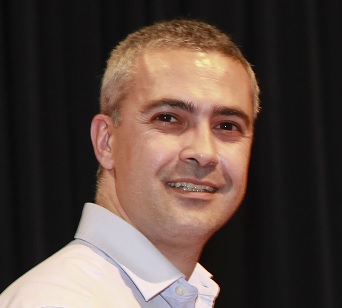

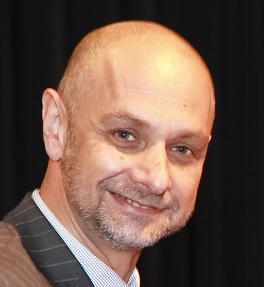
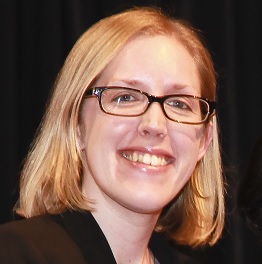

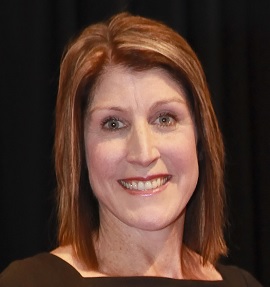

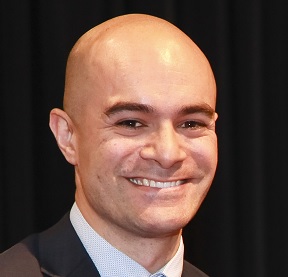
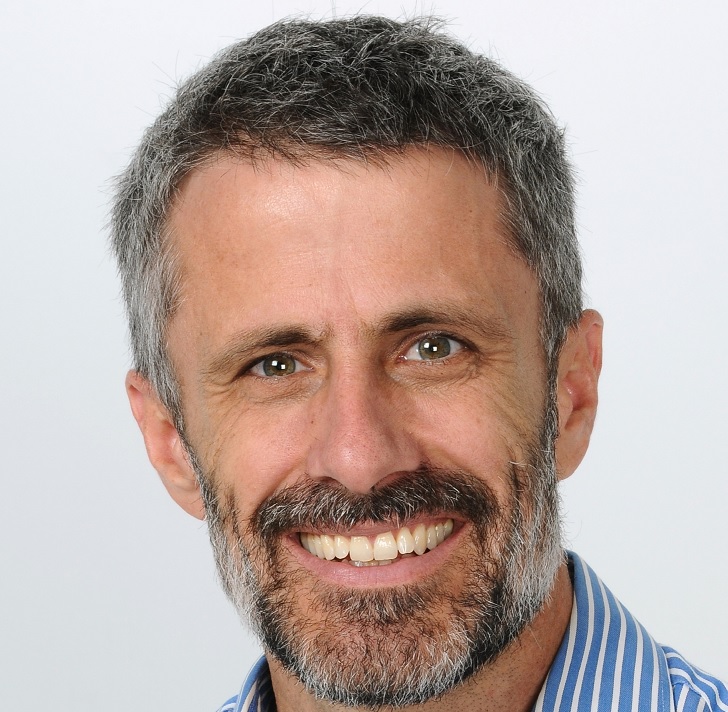

 The Brain Foundation is the largest, independent funder of brain and spinal injury research in Australia. We believe research is the pathway to recovery.
The Brain Foundation is the largest, independent funder of brain and spinal injury research in Australia. We believe research is the pathway to recovery.